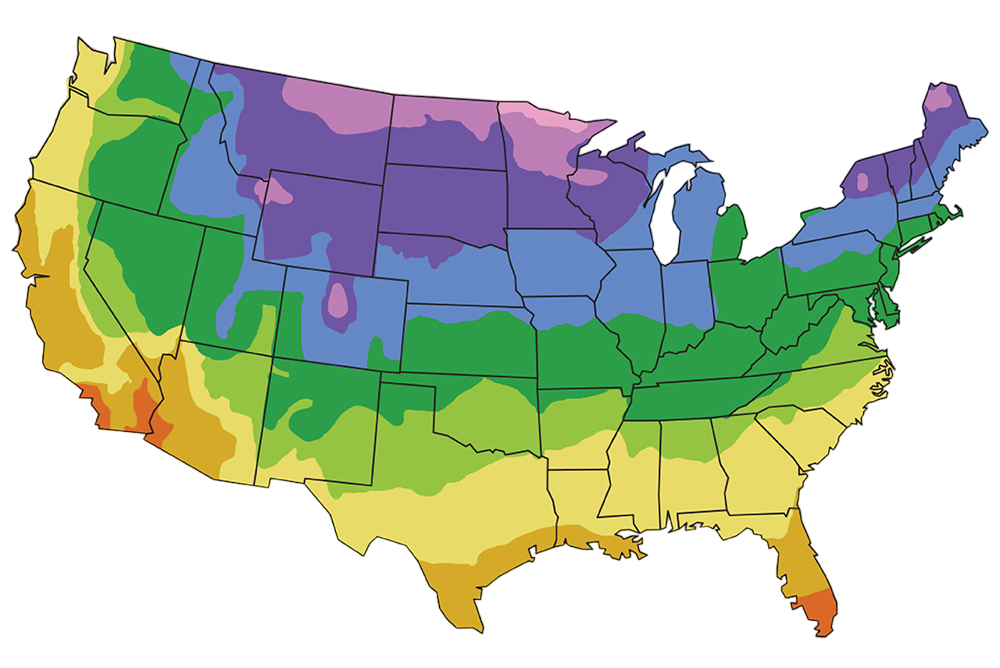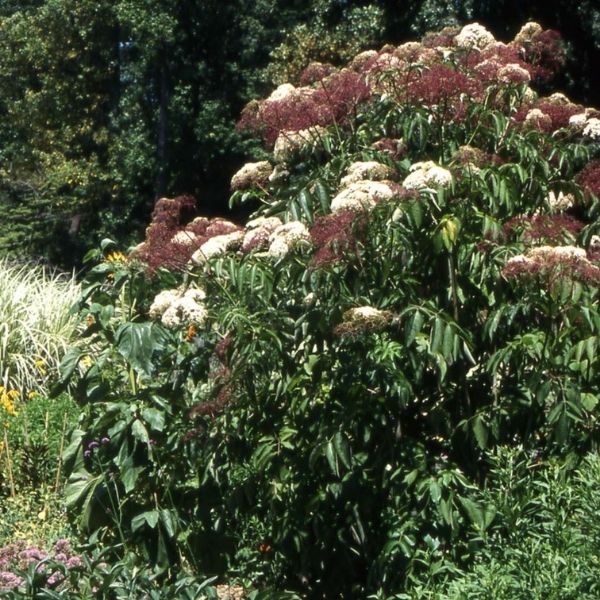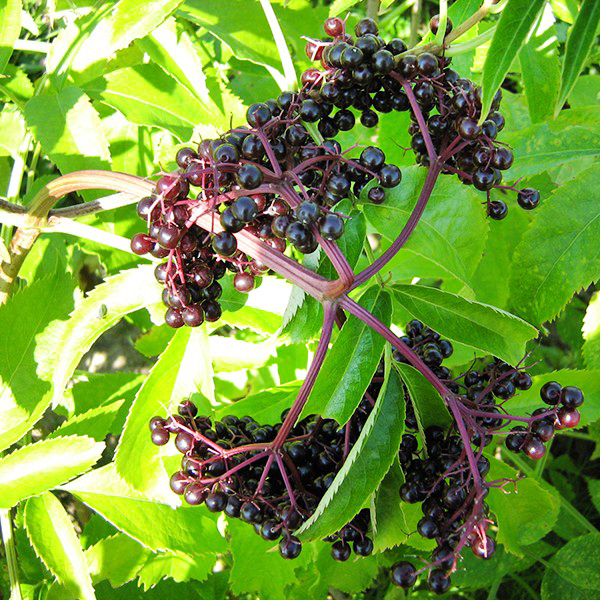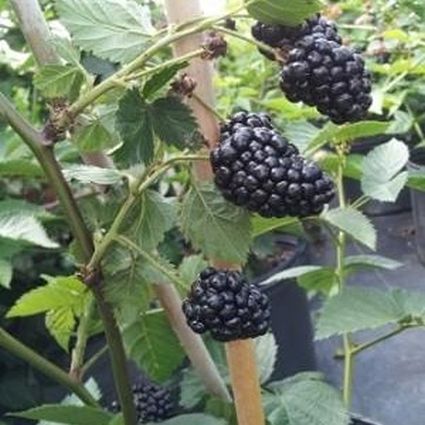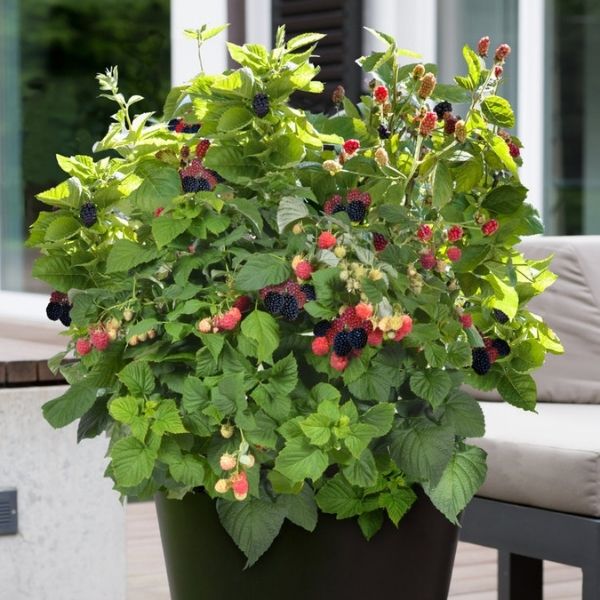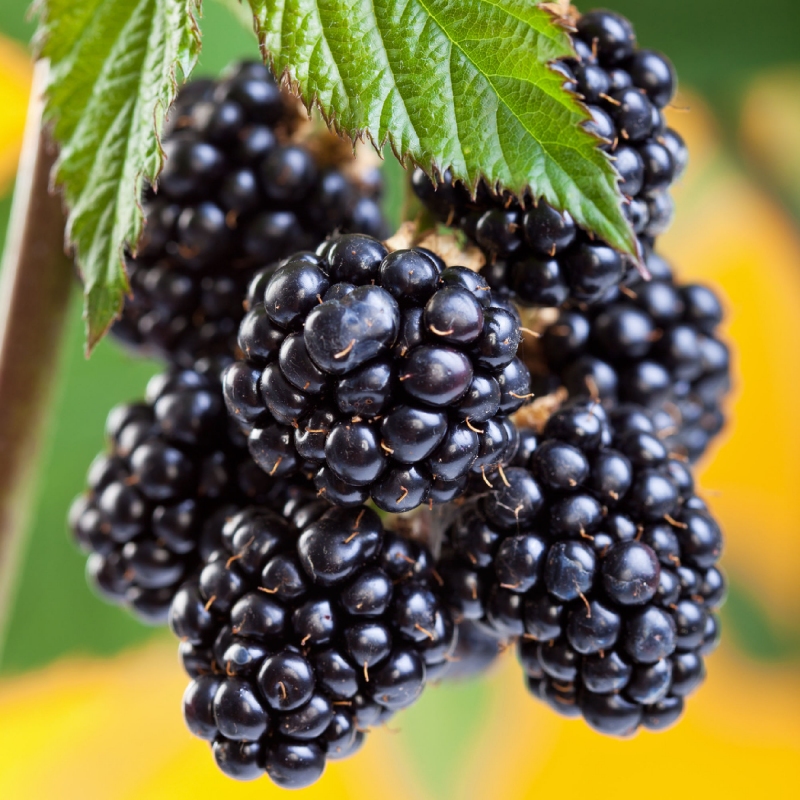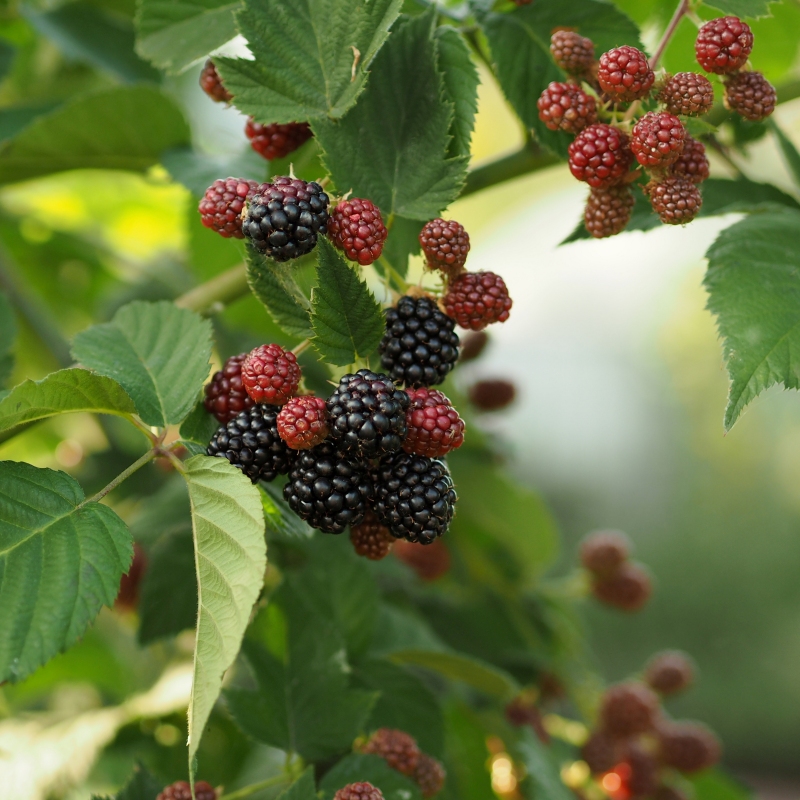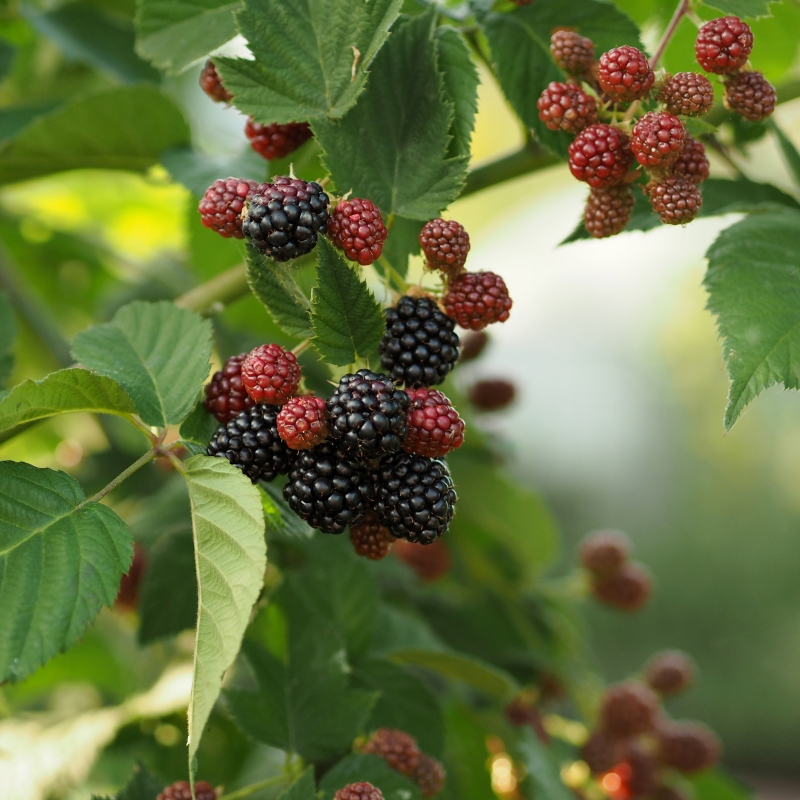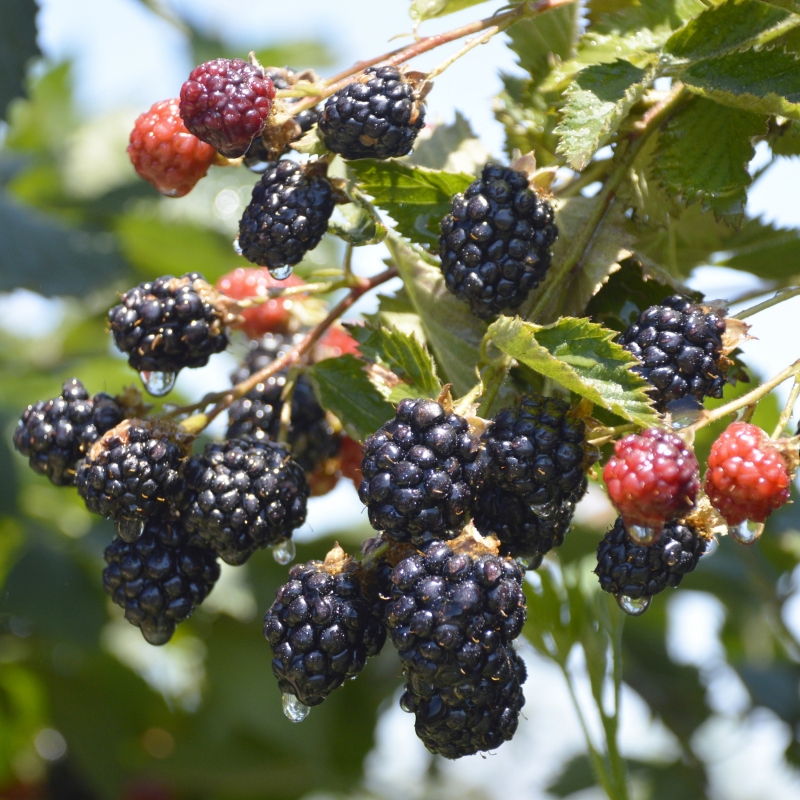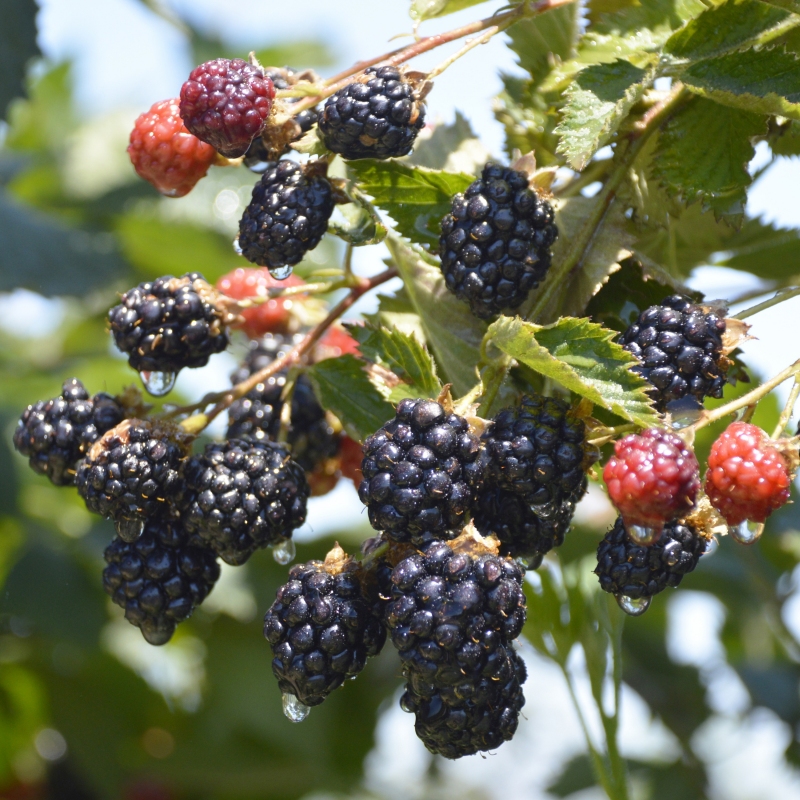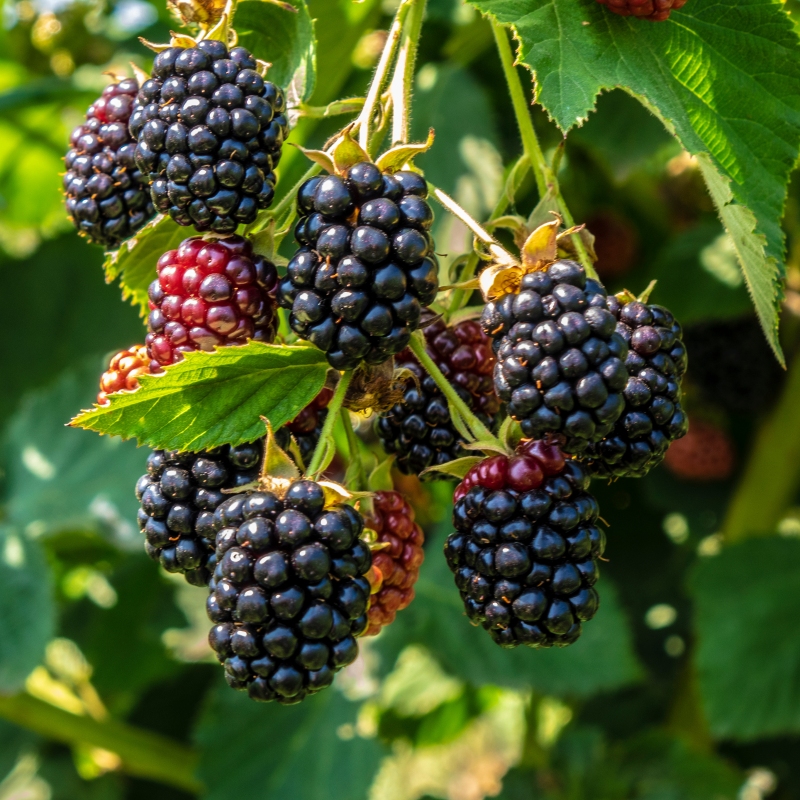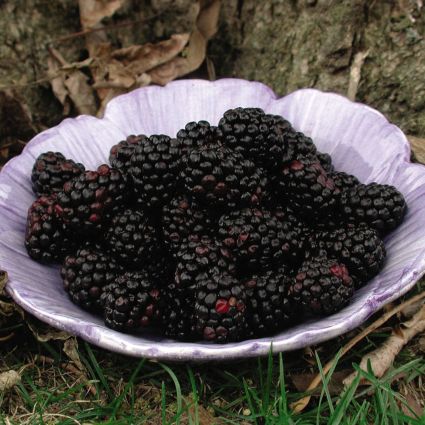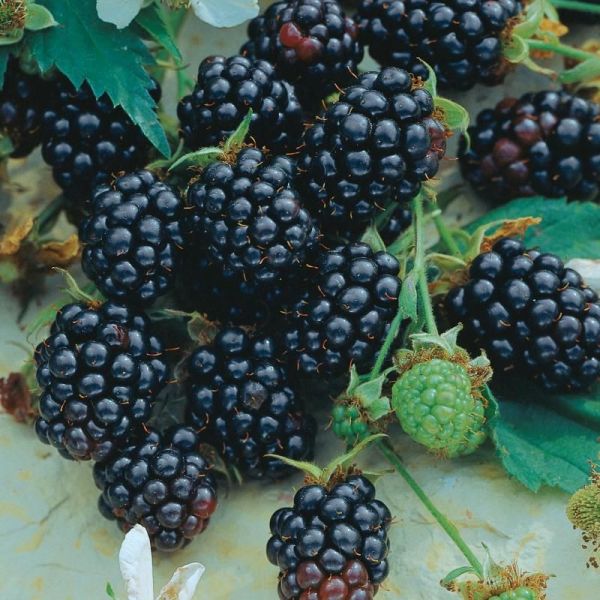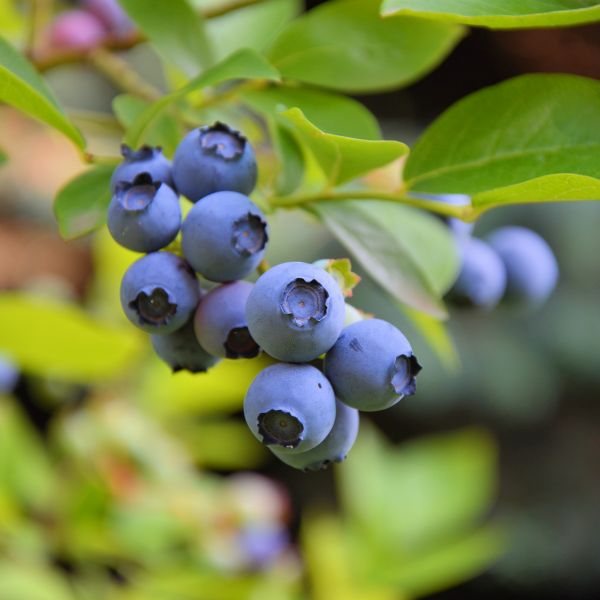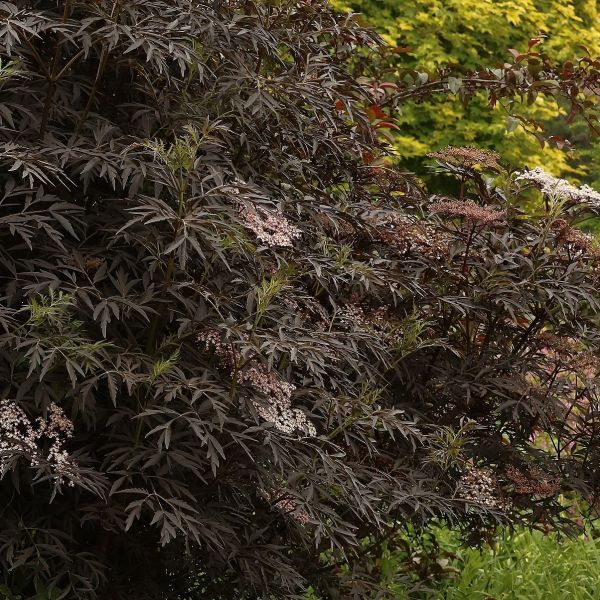
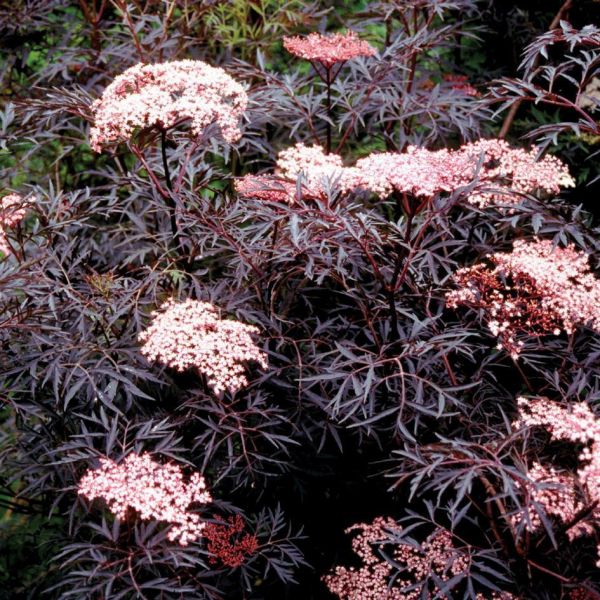

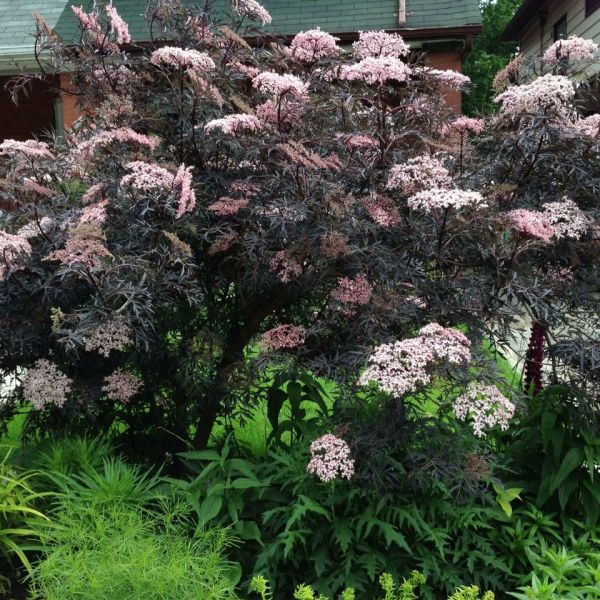
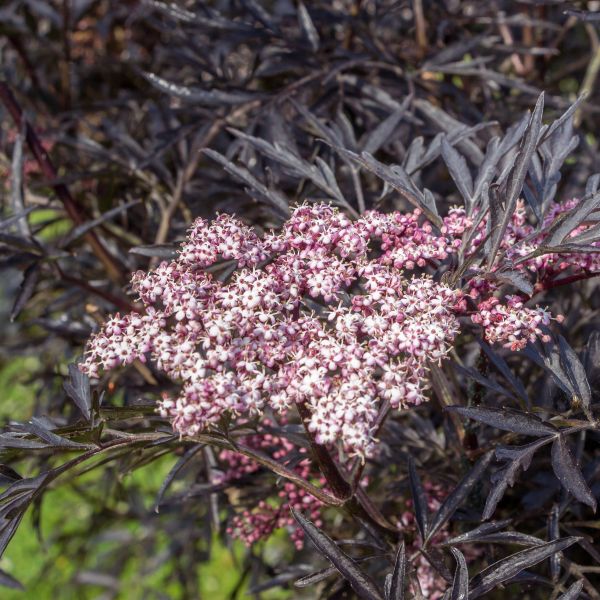
Black Lace Elderberry
Sambucus nigra 'Eva'
13 reviews
Black Lace Elderberry
Sambucus nigra 'Eva'
13 reviews
- Dark and dramatic purple-black foliage adds contrast to the garden
- Clusters of pink blooms in early summer attract pollinators
- Low-maintenance shrub that is deer resistant and drought tolerant
- Recommended by landscape designers for optimal fit in real yards
$80.00
$115.00
30% Off
- Ships to 43215 in 3 to 7 days
- Free Shipping Over $150
- Plant Arrival Guarantee
- In Stock
- Free Plant Consult
$200 - Landscape-Approved: Every Plant We Sell Comes With Design Expertise Behind It
- 2.5 Gallon
- 1 Gallon
Not just beautiful - intentionally selected by ShrubHub's 3D landscape design team to fit real-world spaces and maximize yard potential.
Why Black Lace Elderberry?
Black Lace Elderberry (Sambucus nigra 'Eva') is a stunning ornamental shrub known for its deep purple, finely-cut foliage and delicate pink blooms. This compact variety is perfect for small gardens or as a focal point in mixed borders. In addition to its aesthetic appeal, Black Lace Elderberry produces edible berries that can be used in jams, jellies, and pies.
People who loved this plant also bought
Sunlight
Black Lace Elderberry thrives in full sun to partial shade, but will exhibit more vibrant foliage color in full sun conditions. At least 6-8 hours of sunlight per day is recommended for optimal growth and performance of the plant.
Watering
Black Lace Elderberry plants have moderate watering needs. They prefer consistently moist soil, but can tolerate short periods of drought once established. It is important to water deeply, especially during hot summers, to keep the soil consistently moist
Fertilizing
Black Lace Elderberry requires a balanced fertilizer rich in organic matter, such as compost or well-aged manure, applied in the early spring. A slow-release fertilizer with a higher ratio of phosphorus can also benefit the plant's growth and overall healt
Black Lace Elderberry (Sambucus nigra 'Eva')
The Black Lace Elderberry, also known as Sambucus nigra 'Eva', is a stunning deciduous shrub that adds a touch of elegance to any garden. This particular variety features delicate, lacy, black foliage that contrasts beautifully with its clusters of pink flowers in the spring and dark purple berries in the fall.
Black Lace Elderberry is a low-maintenance plant that is easy to grow and care for. It thrives in full sun to partial shade and prefers well-drained soil. This shrub is known for its compact size, making it ideal for smaller gardens or as a focal point in a larger landscape.
In addition to its ornamental beauty, Black Lace Elderberry is also prized for its edible berries, which can be used to make jams, jellies, and syrups. The berries are also attractive to birds, making this shrub a great choice for wildlife gardens.
Whether you plant it for its visual appeal or its culinary uses, the Black Lace Elderberry is sure to be a standout addition to your outdoor space.
Plant Information:
| Botanical Name: | Sambucus nigra 'Eva' |
| USDA Zones: | 4 - 7 |
| Water: | Widely Adaptable |
| Exposure: | Full Sun |
| Soil Needs: | Widely Adaptable |
| Mature Height: | 6 - 8 feet |
| Mature Spread: | 6 - 8 feet |
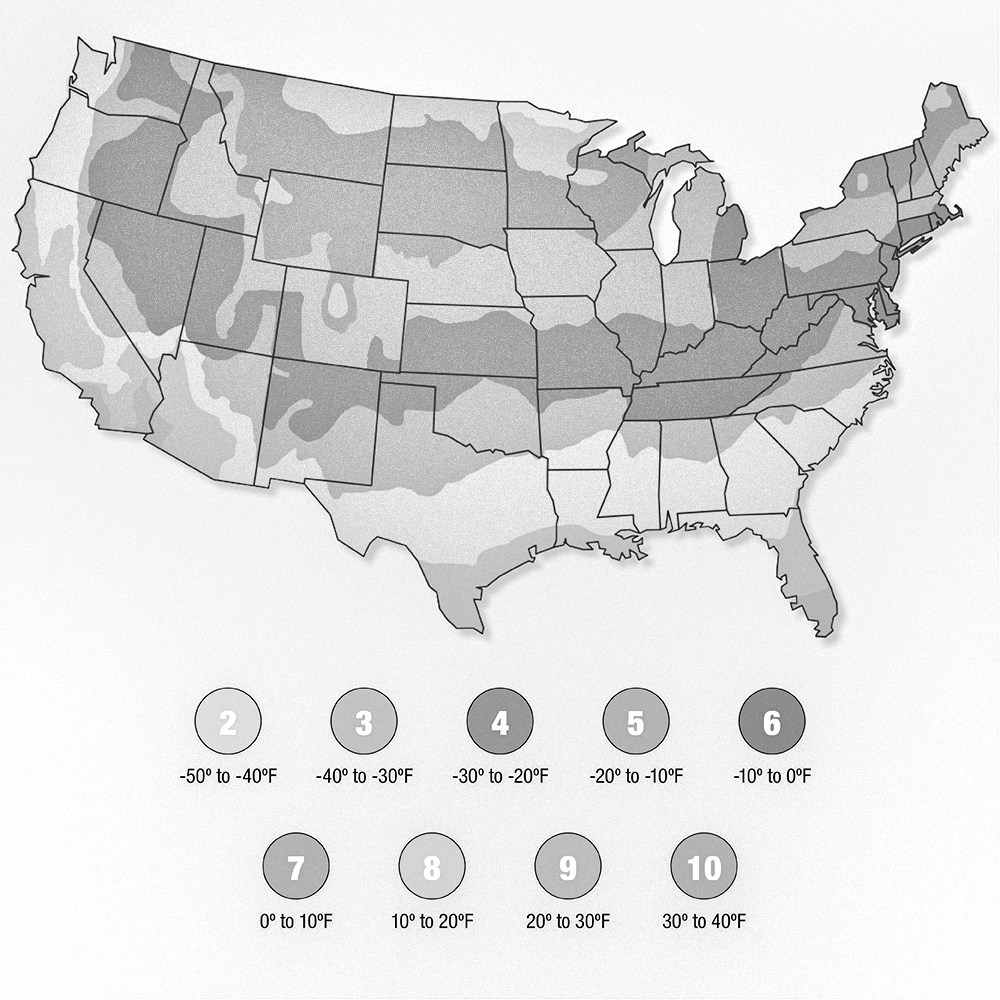
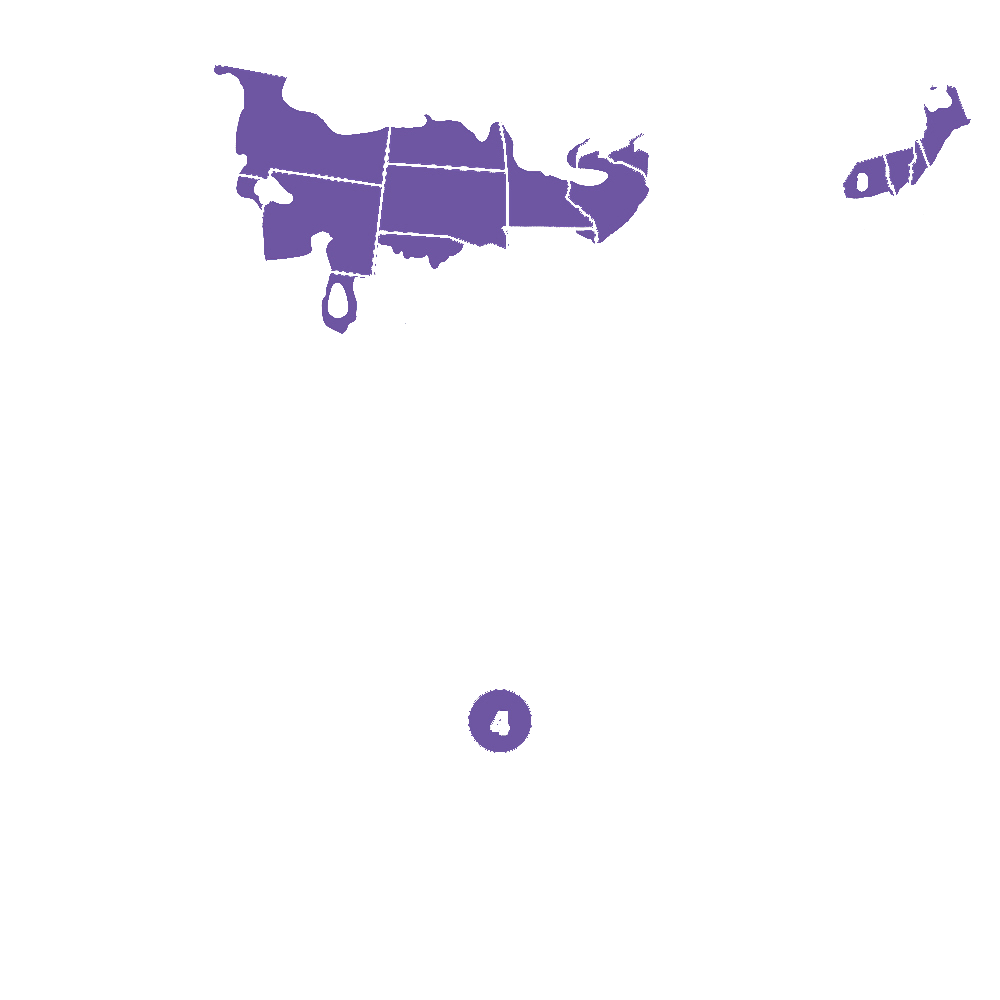
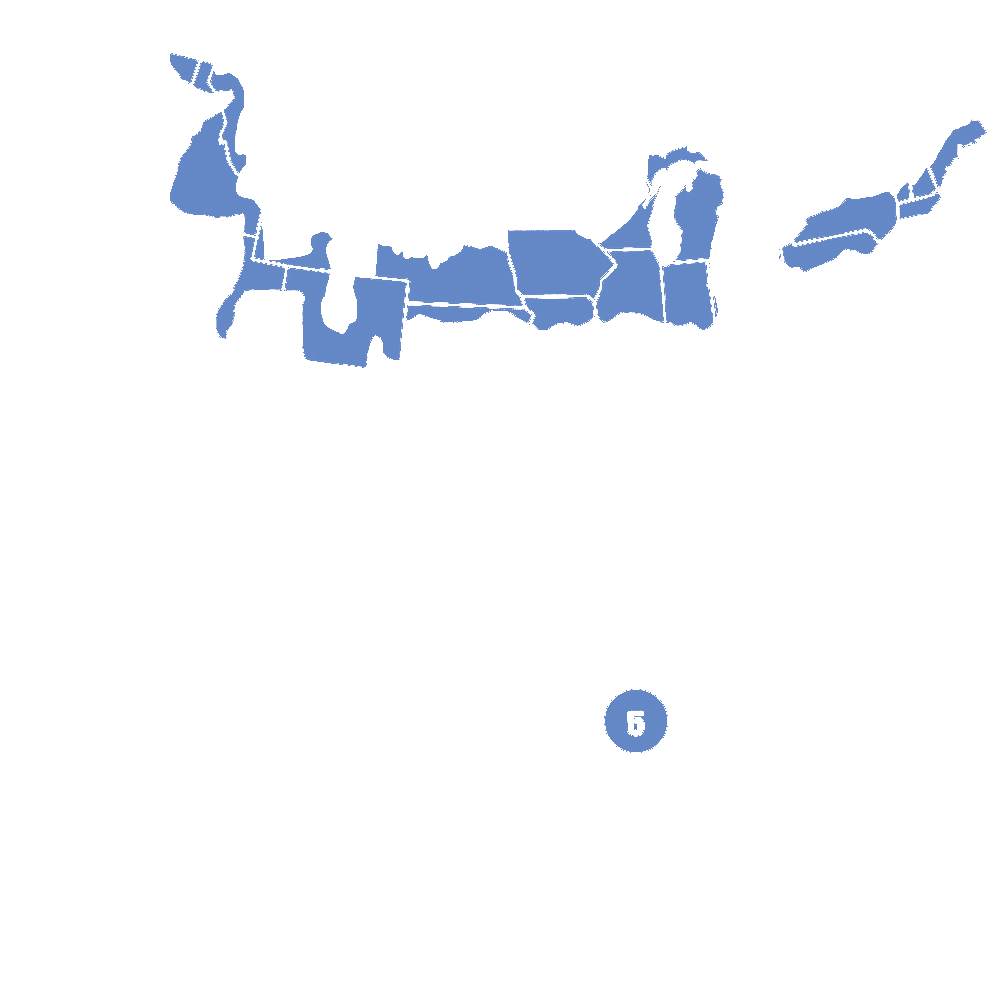
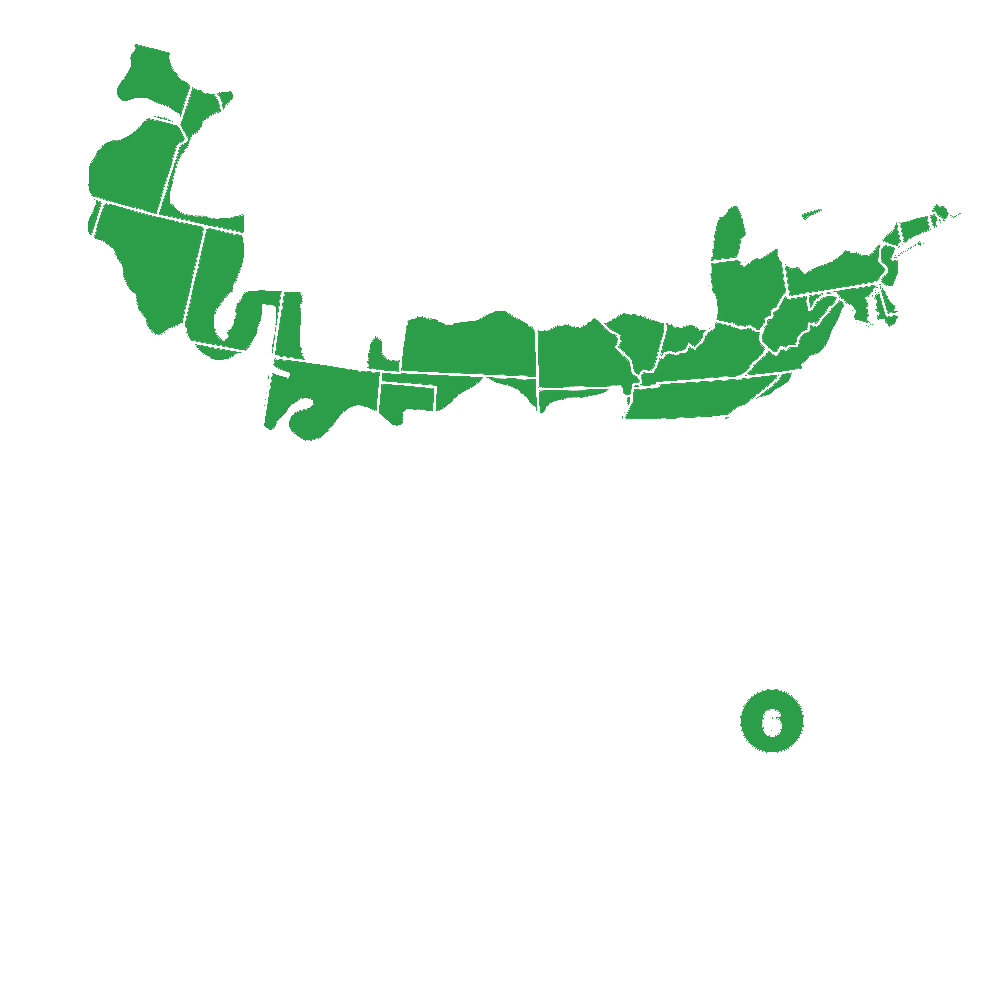
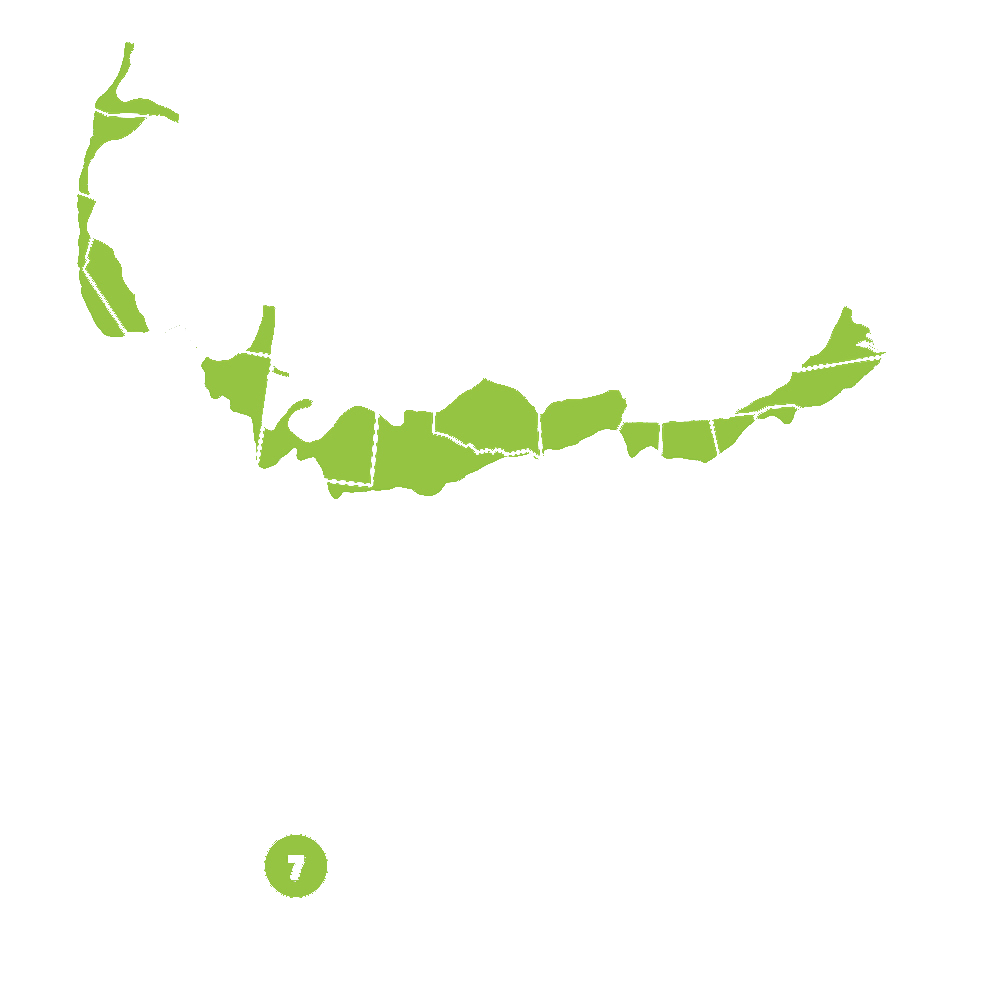
Pollination Info
Black Lace Elderberry Pollination Info
Black Lace Elderberry (Sambucus nigra 'Eva') is a deciduous shrub that produces dark purple leaves and pink flowers. In order to produce fruits, elderberry plants need to be pollinated.
Black Lace Elderberry is self-fertile, which means that it does not require another plant for pollination. However, having multiple plants in close proximity can increase fruit yield.
The flowers of the Black Lace Elderberry are attractive to bees and other pollinators. They are also wind-pollinated, but having pollinators present can help ensure a better fruit set.
It is best to plant Black Lace Elderberry in a location with full sun to partial shade and well-draining soil. Regular watering is also important for healthy fruit production.
By providing the appropriate growing conditions and attracting pollinators, you can ensure a bountiful harvest of fruits from your Black Lace Elderberry plant.
FAQ
Black Lace Elderberry (Sambucus nigra 'Eva') FAQ
What are the characteristics of Black Lace Elderberry?
Black Lace Elderberry, also known as Sambucus nigra 'Eva', is a stunning ornamental shrub with delicate, lacy, dark purple foliage. It produces clusters of pinkish-white flowers in spring, followed by dark purple berries in late summer.
How big does Black Lace Elderberry grow?
Black Lace Elderberry typically grows to a height of 6-8 feet and has a spread of 5-6 feet. It has an upright, vase-shaped habit that adds a touch of elegance to any garden.
Where should I plant Black Lace Elderberry?
Black Lace Elderberry prefers full sun to partial shade and moist, well-drained soil. It can tolerate a wide range of soil types and pH levels. Plant it in a location where it will have room to spread and grow to its full size.
How do I care for Black Lace Elderberry?
Black Lace Elderberry is a low-maintenance shrub that requires little care once established. Water it regularly during dry periods, especially in the first year after planting. Prune it in late winter or early spring to maintain its shape and promote new growth.
Is Black Lace Elderberry deer resistant?
Black Lace Elderberry is generally resistant to deer, as the strong fragrance of the leaves and stems tends to deter these animals from browsing on the plant.
Can I eat the berries of Black Lace Elderberry?
While the berries of Black Lace Elderberry are technically edible, they are best enjoyed cooked as they may cause stomach upset if eaten raw. The berries can be used to make jams, jellies, syrups, and other tasty treats.
Planting & Care
Planting & Care for Black Lace Elderberry
Planting:
- Choose a location with full sun to partial shade and well-draining soil.
- Dig a hole twice as wide and just as deep as the root ball.
- Place the plant in the hole and backfill with soil, watering thoroughly.
- Water regularly until established, usually the first year.
Care:
- Prune in late winter or early spring to maintain shape and size.
- Apply a layer of mulch around the base of the plant to help retain moisture and suppress weeds.
- Fertilize in the spring with a balanced fertilizer to promote growth.
- Keep an eye out for pests and diseases, such as aphids and powdery mildew, and treat as necessary.
- Water regularly, especially during hot and dry periods.
By following these planting and care tips, your Black Lace Elderberry (Sambucus nigra 'Eva') should thrive and provide you with beautiful foliage and flowers.
Check Out These Verified Customer Reviews:
Customer Reviews
4.6 out of 5 based on 13 reviews
Thank you! Your review has been submitted.
Received my order quicker than expected. The plant was healthy and well-grown. Very satisfied.
Top-notch quality plant that was carefully packed. Looks great in my garden.
Healthy and well-packaged plant
Item has been added to your cart.

